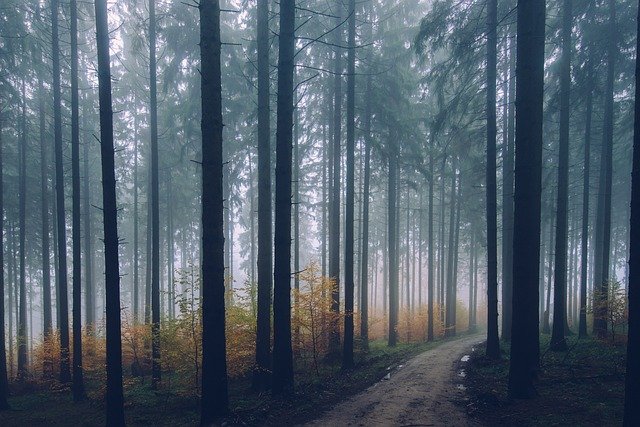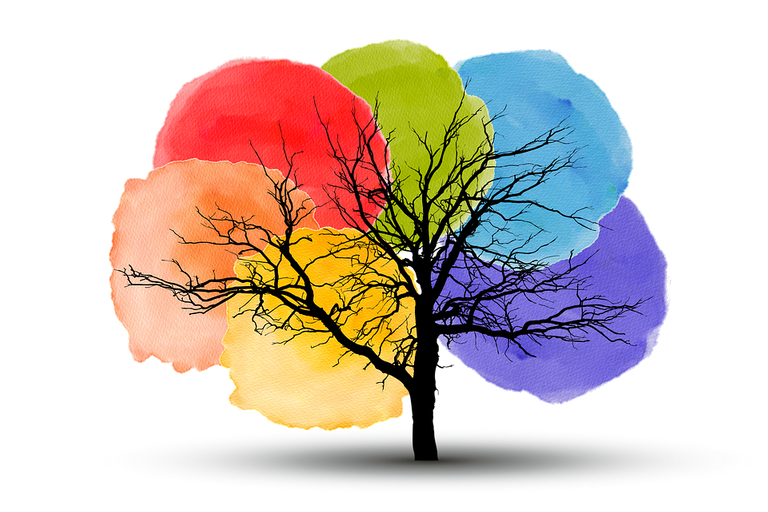**Title: "The Evolution of Storytelling in Video Games

The Secret Lives of Urban Wildlife
Urban environments are often perceived as concrete jungles, filled with bustling humans and towering buildings. However, beneath the surface of our cities lies a vibrant ecosystem teeming with wildlife. From raccoons rummaging through trash cans to hawks soaring above skyscrapers, urban wildlife is more prevalent than we might think. In this post, we’ll explore the fascinating lives of these creatures and how they adapt to city living.
The Adaptation of Urban Wildlife
Urban wildlife has developed remarkable adaptations to thrive in human-dominated landscapes. Here are some examples:
1. Resourcefulness
Many urban animals have learned to exploit human resources. Raccoons, for instance, are notorious for their ability to open trash cans and find food scraps. This adaptability has allowed them to flourish in cities where food sources are abundant but often unconventional.
2. Habitat Utilization
Urban wildlife often makes use of the structures and spaces within cities. Birds like peregrine falcons have taken to nesting on tall buildings, while foxes may find shelter in abandoned lots or parks. These animals have learned to navigate the urban landscape effectively, finding safe havens amidst the hustle and bustle.
3. Behavioral Changes
Some species have altered their behaviors to avoid human interaction. For example, deer might become more active at night to evade traffic and pedestrians, while squirrels may adapt their foraging patterns based on human activity.
Common Urban Wildlife
Here are some of the most common urban wildlife species you might encounter:
- Pigeons
Often considered pests, pigeons are highly adaptable birds that thrive in urban settings. They find food easily and can nest on virtually any flat surface.
- Squirrels
These agile rodents are a common sight in parks and backyards. Their ability to climb trees and navigate power lines makes them well-suited for urban life.
- Coyotes
Coyotes have increasingly made their way into cities, drawn by the availability of food and shelter. They play a crucial role in controlling rodent populations.
- Bats
Urban areas provide ample roosting sites for bats, such as bridges and buildings. They help control insect populations, making them valuable allies for city dwellers.
The Importance of Urban Wildlife
Urban wildlife plays a critical role in maintaining ecological balance. They contribute to pest control, pollination, and seed dispersal. Additionally, their presence can enhance the quality of life for city residents by providing opportunities for wildlife observation and connection to nature.
How to Coexist with Urban Wildlife
To foster a harmonious relationship with urban wildlife, consider the following tips:
- Secure Trash Bins: Prevent raccoons and other scavengers from raiding your garbage by using secure trash bins.
- Plant Native Species: Create a wildlife-friendly garden by planting native plants that attract birds, butterflies, and other beneficial creatures.
- Respect Their Space: Observe wildlife from a distance and avoid feeding them, as this can lead to dependency on human food sources.
Conclusion
The secret lives of urban wildlife are a testament to nature's resilience and adaptability. By recognizing and respecting these creatures, we can create a more harmonious coexistence that benefits both wildlife and city dwellers. Next time you’re out in the city, take a moment to appreciate the hidden world of urban wildlife that thrives all around you.
Feel free to share your experiences with urban wildlife in the comments below! What animals have you spotted in your city? 🦉🌳🌆

All images are taken from the Pixabay.com